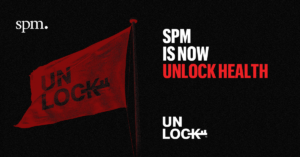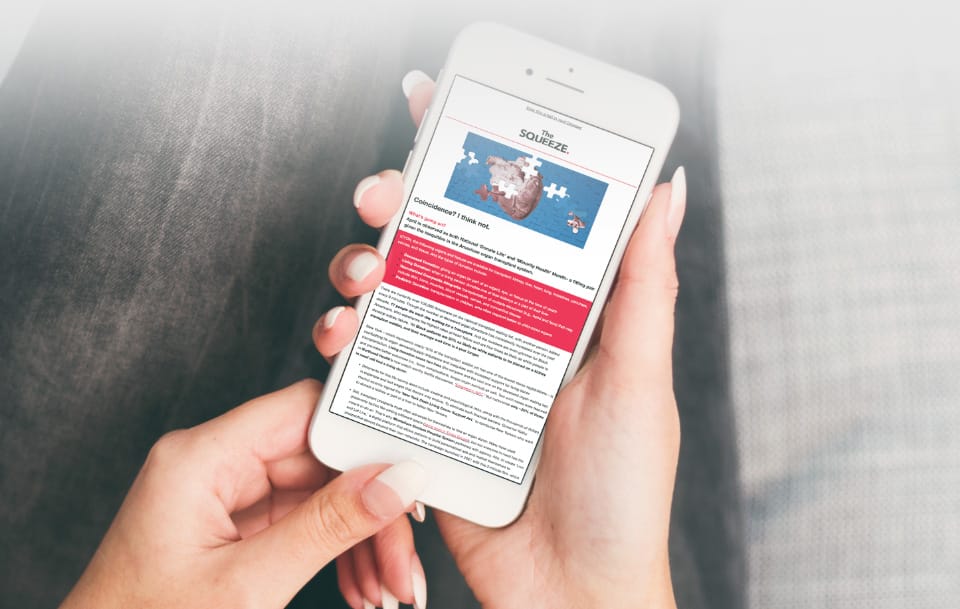The Pink Tax on Women's Healthcare.

What’s going on?
‘Think Pink’ takes on a different meaning as recent reports reveal the toll that healthcare inequities take on women."
Prominent breast cancer organization, Susan G. Komen®, published a report earlier this week stating the burden of the high cost of breast cancer treatment. Nearly half of breast cancer patients report that financial toxicity (the damage of personal finances caused by medical costs) affects treatment choices, medication adherence, bankruptcy rates and even mortality.
The higher cost of mammography in comparison to other cancer screenings was one of many examples of the higher healthcare expenses that women incur in a new Deloitte analysis. The study found that women pay about 18% more out-of-pocket than men with similar insurance — even when removing the costs of maternity care — because insurance companies cover fewer services for women.
The disproportionate costs of womanhood transcend well beyond breast health and healthcare services alone.
Period poverty (the unequal access to menstrual products) has reportedly impacted 64% of women who say they have ever had difficulty affording menstrual products, which cost the average woman approximately $20 per cycle for 480 lifetime periods.
Menopause is costing female workers their careers, as 10% are leaving their jobs due to workplaces not accommodating their needs during the change of life. It’s a movement being called “The Hot Resignation.”
Both of these issues are compounded by societal stigmas around reproductive health, creating a barrier for much-needed conversations and support. These two new campaigns aim to break that taboo:
Midol (the OTC medication for menstrual and premenstrual symptoms) launched a playful new campaign, “Reach for Comfort,” spotlighting how difficult period symptoms can be to manage and how they really make women feel:
The Hot Resignation provides resources — like shareable LinkedIn GIFs and a toolkit for HR managers — for sparking conversation and creating change toward more menopause-friendly workplaces.
What's The Squeeze?
While the “pink tax” has traditionally been linked to consumer products, it’s undeniably impacting our workspaces and places, too. It’s time we talk about it.
The more it’s discussed, the less taboo it becomes. Everyone deserves to feel comfortable in their bodies and talking about the challenges and changes they face. Healthcare brands that empower their providers and patients to do so can win big. AARP reported that 42% of women ages 50-59 have never discussed menopause with a health provider, and just 20% of OBGYN residency programs provide menopause training.
Employers need to consider the disparities in healthcare costs and insurance coverage for their female workforce when evaluating health plans and explore employer-sponsored benefits which may help offset them. Healthcare brands should factor this into their pricing models for women’s services as well, lessening the financial burden on female patients (who are often also employees) as much as possible.
Show your support in more tangible ways, too. Supply free feminine hygiene products in your restrooms, and create a menopause-friendly workplace. 26% of women feel that their menopause symptoms are negatively impacting their careers. You can implement policies that help make them feel otherwise — think physical accommodations like desk fans, companywide training about symptoms (which include much more than hot flashes) and offering more flexible schedules.
Related Insights.

Dare to Dry?
A record 27% of Americans were highly likely to participate in Dry January and beverage brands crafted unique strategies to step up to the challenge.

Jingle All the Way Down Memory Lane.
This innovative initiative leveraged nostalgic advertising jingles to help Puerto Ricans with Alzheimer’s to remember their past.

Unlock Health Announces Acquisition of SPM Group, the Premier Network of Health and Healthcare Marketing Agencies
The acquisition positions Unlock Health as the leading growth marketing platform in the health services sector by size, scale, and breadth of capabilities. NASHVILLE, TENN.

Get The Squeeze.
Receive the latest trends and insights from all around the world of consumer advertising and healthcare marketing straight to your inbox. From new tools to noteworthy campaigns, we’ll break it down and give you all the juice.




